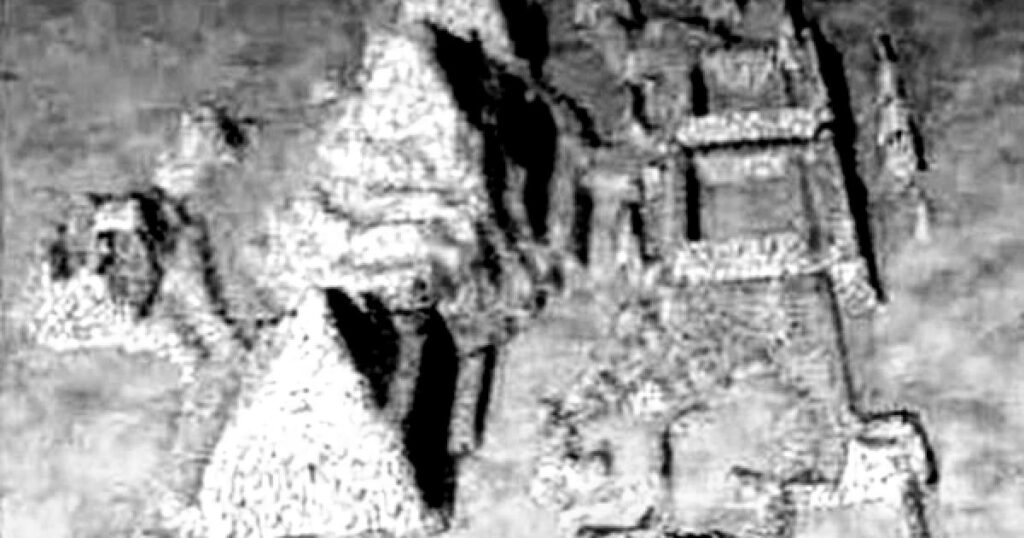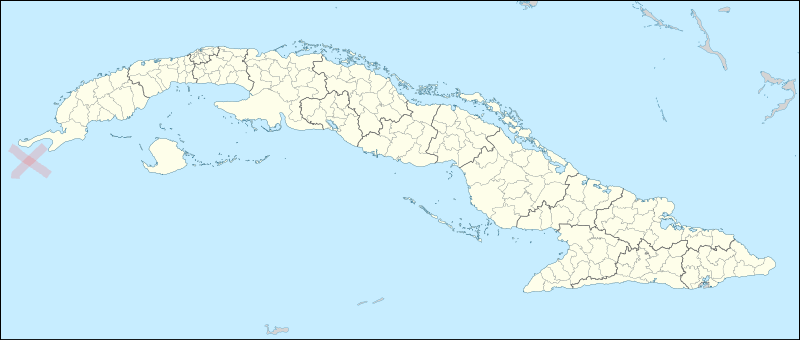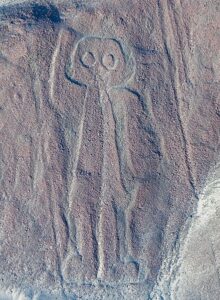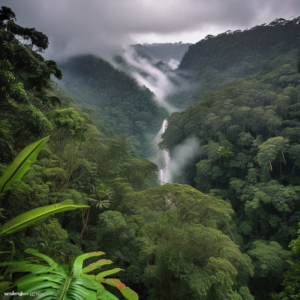Ancient Civilization? The submerged structure may be as old as 50,000 years

Over a decade ago, an extraordinary discovery off Cuba’s western coast sent shockwaves through the scientific and archaeological communities. Using advanced sonar technology, a team of explorers led by marine engineer Pauline Zalitzki and her husband, Paul Weinzweig, detected a vast series of geometric stone structures 650 meters below the ocean’s surface. The formation, spanning approximately 2 square kilometers, appeared to be the remains of a long-submerged urban complex.
The Discovery: A Lost City Beneath the Sea
The sonar images revealed smooth, symmetrical blocks arranged in what appeared to be an organized layout, evoking the idea of an ancient city. Among the formations were pyramid-like shapes, circular structures, and large, carefully stacked stone blocks—some resembling sculpted granite, measuring up to 8 by 10 feet.
The discovery was initially met with widespread media attention, with headlines speculating about a possible Atlantis or a “Lost City of the Caribbean.” The Cuban government, the National Museum of Cuba, and even National Geographic expressed interest in investigating further. However, despite the initial excitement, the story soon faded into obscurity.

Returning to the Site
In July 2001, Zalitzki and her team, joined by geologist Manuel Iturralde of the Cuban Natural History Museum, revisited the site with a remote-controlled submersible vehicle. The underwater footage provided compelling evidence: the formations bore an unmistakable resemblance to man-made structures. The possibility of natural geological processes creating such symmetrical designs seemed increasingly unlikely.
“It’s difficult to explain these formations geologically,” said Iturralde, who had extensive experience studying underwater landscapes. “They have captured our imagination.”
A Civilization 50,000 Years Old?
If these structures are indeed man-made, their age presents an astonishing mystery. Iturralde estimated that the formations would have taken around 50,000 years to sink to their current depth. This timeframe predates known human civilizations by tens of thousands of years, raising the possibility of an advanced, prehistoric culture existing far earlier than previously believed.
The implications are profound. Such a timeline challenges our understanding of human history and the capabilities of ancient societies. Could a sophisticated civilization have thrived before the last Ice Age, only to be wiped out and forgotten by history?
The Silence and Speculation
Despite its groundbreaking potential, the investigation into the underwater structures has stalled, with no major updates in over a decade. Speculation abounds as to why. Some suggest logistical or political obstacles, while others hint at deliberate suppression of the findings due to their implications for mainstream historical narratives.
Conclusion: A Lost Civilization?
The discovery off Cuba’s coast may represent evidence of an ancient civilization that existed over 50,000 years ago—long before recorded history. While further research is needed to confirm its origins, the site challenges conventional understandings of human development and leaves us wondering what other secrets might lie beneath the ocean’s surface. Until more light is shed on these mysterious ruins, they remain one of the most tantalizing enigmas of our time.





